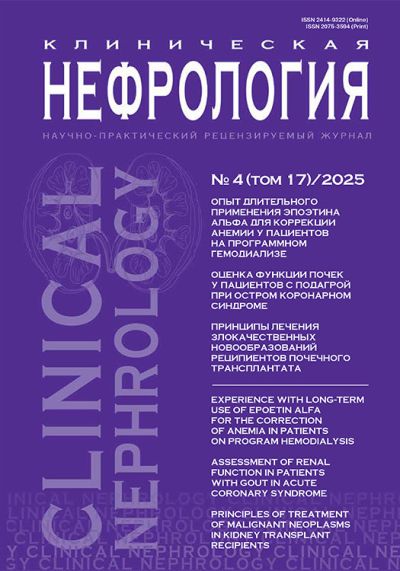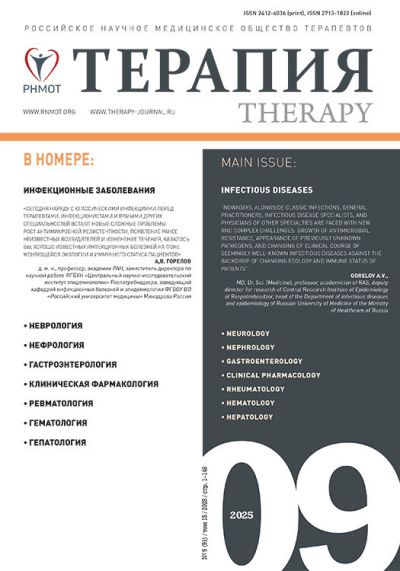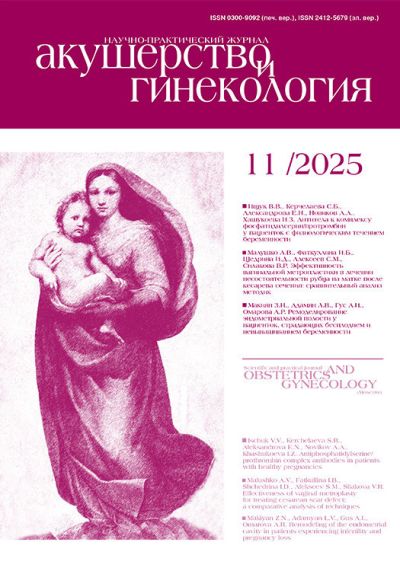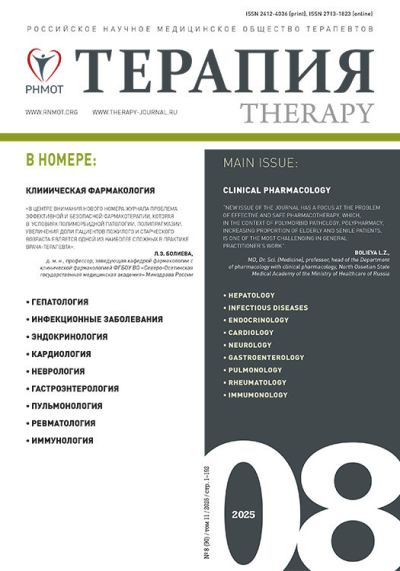Урология №6 / 2019
Опухоли мочевыводящей системы: распространенность, демографические характеристики
1) Исфаханский исследовательский центр трансплантации почки;
2) Отделение урологии, Исфаханский университет медицинских наук. Исфахан, Иран
Introduction
According to publication by Yaxley JPC., in 2016 [1], cancers of urinary system are common and include a series of injuries encompassing from small benign tumors to destructive neoplasms with high morbidity. The urinary tract is lined by epithelium extending from the renal accumulating tubules proximally to the external urethral orifice distally. These epithelial cells are recognized as the urothelium or transitional cells. They are highly specialized cells with elasticity and variable shape. Any segment of the urothelium can be affected by malignant transformation. According to Globocan data, globally, in the year 2008, 12.7 million newly developed cases with cancer, and 7.6 million cancer-related deaths were detected [2]. Siegel R, et al., in 2013 reported [3]] that advanced urothelial carcinoma accounts for about 15,000 deaths in the United States annually. The most common malignancy reported as urinary bladder cancer. Upper tract urothelial carcinoma is more common in men than in women, with a male-to-female ratio of 2:1. The main risk factors are occupational exposure, various chemical carcinogens and cigarette smoking. [4] Histological tumor classifying is an established predictive factor of renal cell carcinoma [5]. Citologically and histologically, overexpression of p16INK4a has been recognized in urothelial malignancies. Therefore, there are potential implications for the clinical management of patients after the conservative treatment of non-muscle-invasive urothelial carcinoma. Furthermore, a long-term assessment of p16/Ki-67 double labeling has been revealed to distinguish high-grade urothelial cancer cells and particular development individuals within a 12-month interruption [6]. In population with clear-cell renal cell carcinoma collecting system invasion is related with deprived prediction [7]. Total existence and progression-free survival in patients with urinary system cancer could be associated to high serum of lactate dehydrogenase, and therefore it is an effective biomarker of prognosis in patients with urologic cancer [8]. Study of kidney cancer in rural Illinois showed that kidney and renal pelvis cancer incidence was higher in urban counties whereas mortality was higher in rural counties [9] Urological malignancy was accounted for 9.55% of new cases of cancer in 2012 in Hong Kong [10]. Study o...












